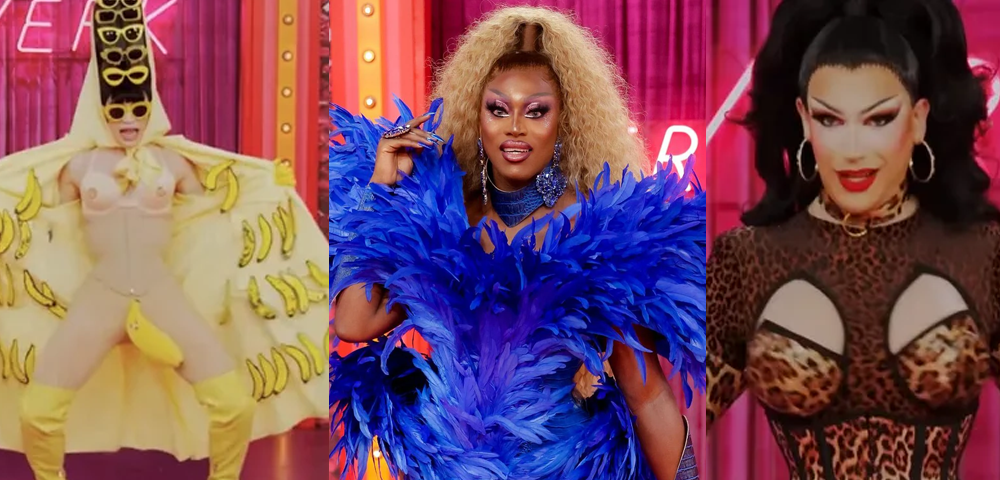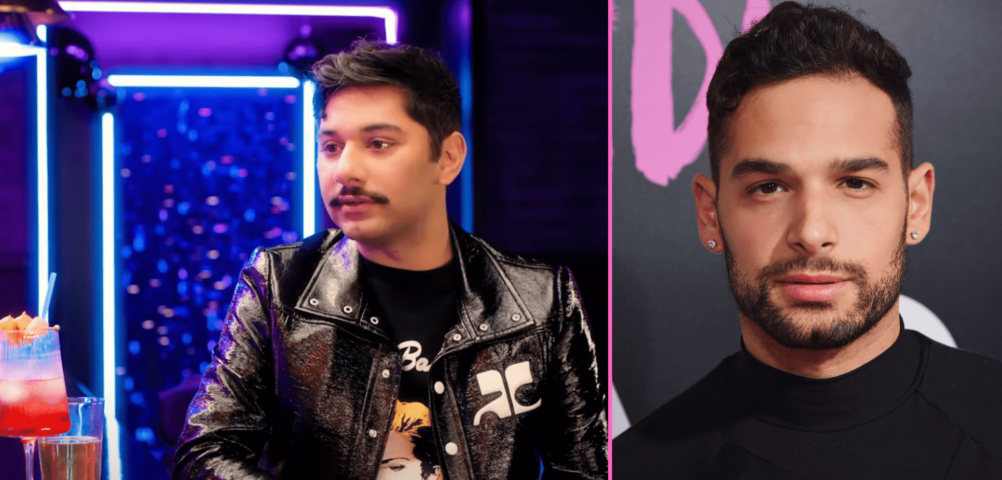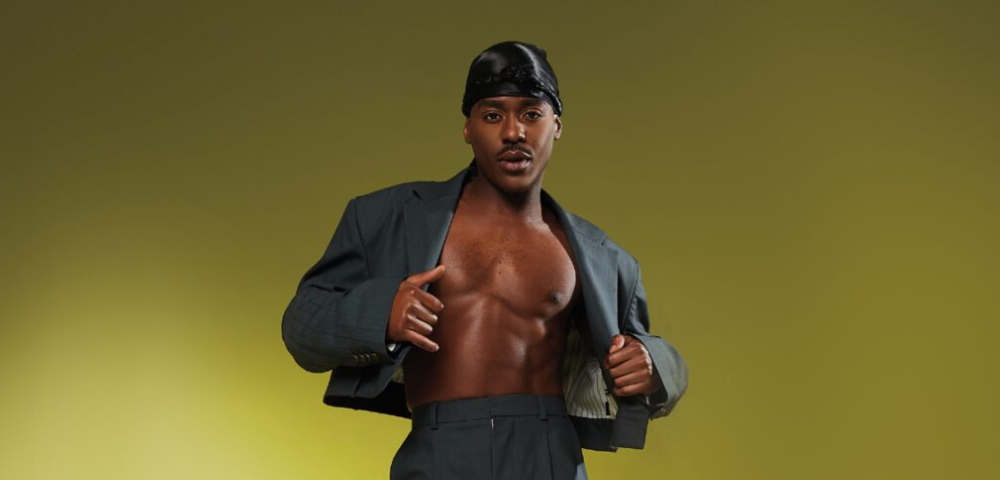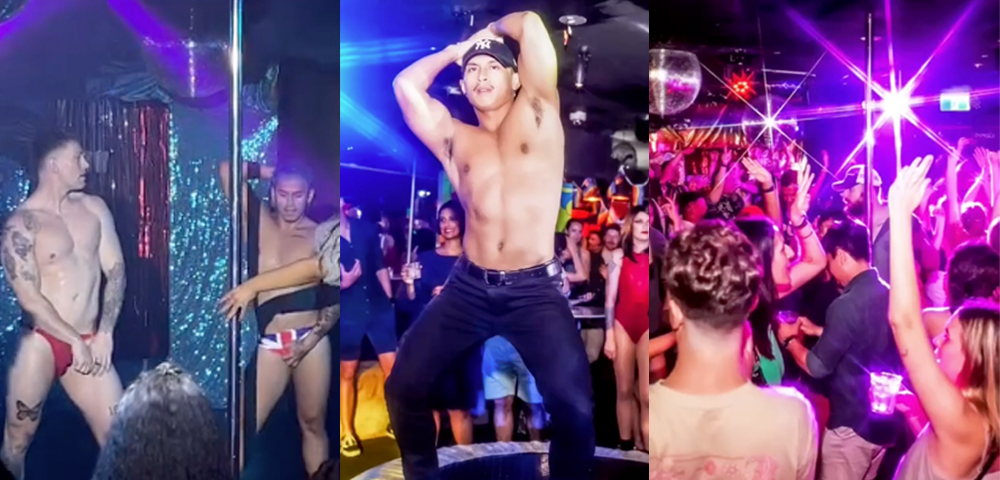
Advocates believe biphobia still exists in LGBTI communities

ADVOCATES within Australia’s bisexual community argue biphobia is common within the broader LGBTI community, responding to ongoing debates on biphobia sparked by Olympic diver Tom Daley’s public coming out in December.
Daley’s announcement that he was in a relationship with a man – but was still interested in women – provoked a spate of online commentary on perceptions of bisexual people within the community, bringing up long-held views of bisexual people as promiscuous or even sexually ‘undecided.’
Jen Van-Achteren from the Australian Bisexual Network told the Star Observer these views were not unique to the heterosexual community, and that bisexual identities were often policed from within LGBTI communities.
“For older gay people, particularly gay men, I think it was a huge deal for them to come out… so for them to think of bi people they kind of think, you guys are sitting on the fence, you’ve got the best of both worlds, you can live a heterosexual life and get all the benefits,” she argued.
Van-Achteren said bisexual women also experienced exclusion by the lesbian community.
“There’s a fear from lesbian women, particularly if they’re in a relationship with a bi woman, that the bi woman is less likely to stay with them and be faithful because they’ll want to be with a man,” she said.
Wayne Roberts, also from the Australian Bisexual Network, told the Star Observer many gay men saw bisexuality as a ‘phase’ between straight and gay.
“I used to have a gay male lover when I was living in Perth and one of his friends, as much as he saw me and knew that I was involved in sexual politics with the AIDS council there and lots of on- campus LGBT groups and so forth, he would still go and say that I wasn’t really bisexual, that I was gay and when was I going to accept it,” Roberts said.
Although the LGBTI community works to support marginalised people and end discrimination, Roberts thought perhaps the experience of oppression could lead to a desire to oppress others.
“It’s a bit about empowerment— someone that is somewhat oppressed by another group tends to find a group they can belittle or oppress in some ways to give them a degree of power,” he said.
Van-Achteren put biphobia more down to the complexity of bisexual identities being potentially confronting for gay men and women.
She said she could see a definite shift in attitudes within the community, particularly amongst younger people more willing to embrace ideas of sexuality and gender as fluid and complex, but acknowledged there was a long way to go.
“It frightens people, because maybe it makes them question their own sexuality. And if it’s been a hard road to come out, you don’t want to have to do that… I think we’re a threat to people’s sense of identity as well,” she argued.
“Society has constructed itself around binary notions, black and white, gay/ straight, male/female, so I think it’s really difficult for people to get their head around shades of grey.”










I am sure this article has touched aall the internet viewers, its really really good post on building up new web site.
And transphobia as well. Most don’t know the difference between a transvestite and a transsexual! No and it doesn’t include drag queens, dress-up time, something that many gay men cannot get their heads around,
I note that this article about biphobia is published by “Australia’s leading gay and lesbian news source”. Isn’t it time for that subtitle to be changed?
GTI that’s all we need although even the T is losing what it stood for,